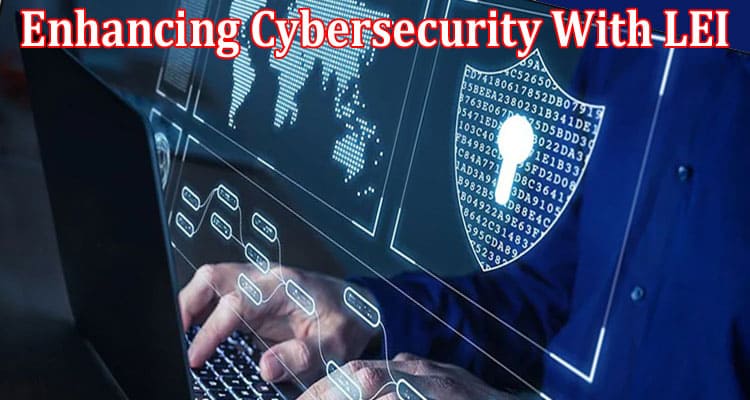Enhancing Cybersecurity With LEI: Protecting Financial Data
In today’s digitally connected world, cybersecurity is paramount for individuals, businesses, and governments. The rapid growth of online financial transactions and the increasing complexity of the global financial system have made protecting financial data more challenging. Fortunately, the Legal Entity Identifier (LEI) system and LEI Lookup has emerged as a robust tool for enhancing cybersecurity and safeguarding financial data. This piece will explore how LEIs are crucial in fortifying cybersecurity and protecting sensitive financial information.
Understanding the Legal Entity Identifier (LEI)
The Legal Entity Identifier is a unique alphanumeric code assigned to legal entities participating in economic transactions. The LEI system aims to provide an accurate and standardized way to identify entities involved in financial trades and transactions. Each LEI contains essential reference information, such as the legal name of the entity, its registered address, and other relevant details.
Creating a Secure and Transparent Ecosystem
One of the LEI system’s primary benefits is creating a secure and transparent financial ecosystem. By requiring all entities participating in financial transactions to obtain an LEI, regulators and market participants can easily identify and verify the legitimacy of counterparties. This increased transparency helps reduce the risk of fraud and enables prompt detection of suspicious activities.
Strengthening KYC (Know Your Customer) Compliance
Regulations bind financial institutions to follow stringent KYC procedures to combat money laundering, terrorism financing, and other illicit activities. Integrating LEI into their KYC processes can significantly enhance the efficiency and accuracy of customer identification. The standardized data provided by the LEI system helps eliminate inconsistencies and inaccuracies in the identification process, reducing the chances of unauthorized access to sensitive financial data.
Enabling Real-time Risk Assessment
In the rapidly evolving digital landscape, cyber threats can materialize within seconds. The LEI system facilitates real-time risk assessment by providing up-to-date and reliable information about entities involved in financial transactions. Financial institutions can use LEIs to quickly evaluate counterparties’ creditworthiness and assess potential risks before finalizing deals. This capability empowers organizations to make well-informed decisions swiftly, mitigating financial losses due to cyber incidents.
Streamlining Data Management
Data management is a critical aspect of cybersecurity, and any loopholes in this area can expose financial institutions to severe vulnerabilities. The LEI system streamlines data management by centralizing and standardizing essential information about legal entities. This consolidation ensures that financial institutions have accurate and consistent data, reducing the risk of data breaches arising from erroneous or outdated information.
Enhancing Cross-border Transactions
The global nature of financial transactions necessitates seamless cross-border collaboration. The LEI system provides a common identifier for entities worldwide, simplifying cross-border transactions and enabling efficient regulatory cooperation. This universal identification system promotes a robust cybersecurity framework, fostering trust among international financial entities and regulators.
Facilitating Incident Response and Recovery
No cybersecurity system is entirely immune to attacks. However, the LEI system aids in efficient incident response and recovery. Identifying entities involved in a transaction makes it easier to isolate and contain cyber threats. Additionally, having a well-maintained LEI database enables post-incident analysis, helping organizations identify vulnerabilities and implement stronger security measures to prevent future attacks.
Conclusion:
The Legal Entity Identifier (LEI) system and LEI Lookup have emerged as pivotal tools in enhancing cybersecurity and safeguarding financial data. By providing a standardized, transparent, and real-time identification mechanism, LEIs contribute to a secure and resilient financial ecosystem. The integration of LEIs into KYC processes, the facilitation of cross-border transactions, and the streamlining of data management all strengthen cybersecurity measures. As the digital landscape evolves, adopting and leveraging the LEI system will remain crucial in protecting financial data and combating cyber threats. Embracing the LEI system is a proactive step towards a more secure and trustworthy economic environment in an ever-connected world.




